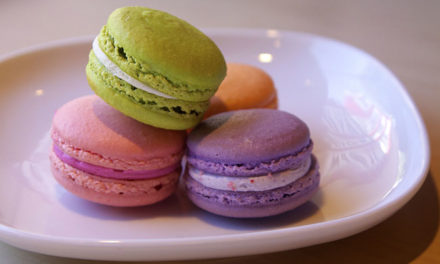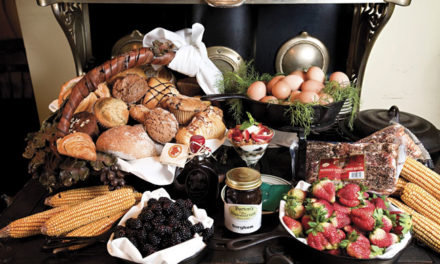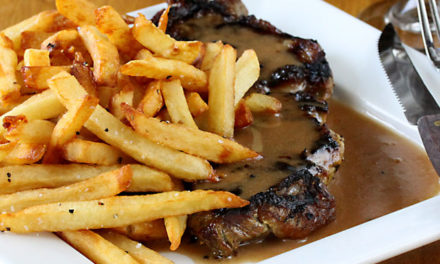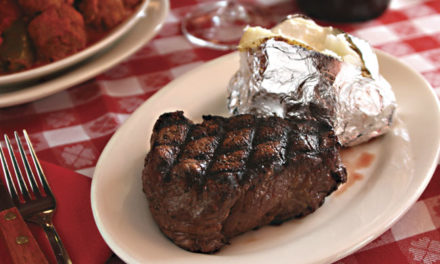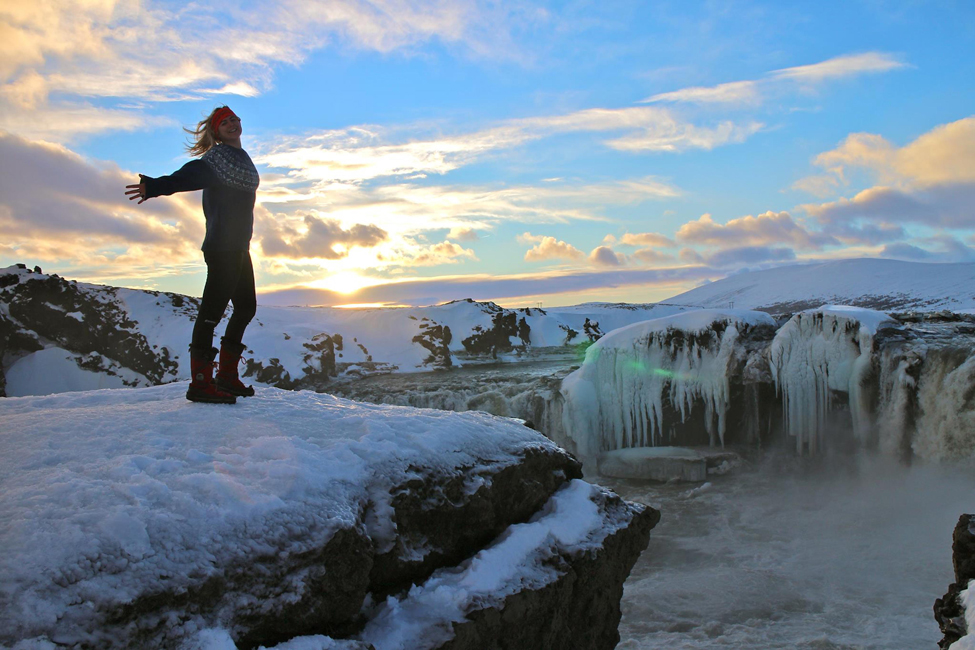
by BROOKE BIERHAUS
Though temperatures may drop, that doesn’t mean outdoor adventures need to stop. While most travelers suggest visiting countries in the Northern Hemisphere during their warmer months, I am an advocate of experiencing cold weather adventures with the locals. Maybe that’s because, while living and working in cold climates over the last four years, I have had the chance to learn how different communities and cultures embrace winter weather.
During my first week in Reykjavík, Iceland, I was gifted a lopapeysa, a hand-knit Icelandic sweater, by a fisherman I met at the dawn market. When he tells the story of our encounter to others, he likes to compare how miserable I looked, shivering in the cold, to that of a “wet stray dog.” I was fortunate that he took pity on me. He also shared the significance of the lopapeysa (referred to as a “lopi” by locals).
The sweaters are unique because of the
two-layered fleece of the Icelandic sheep
from which the wool is made. The inner
layer is insulating, light, and airy, while
the outer layer is long, strong, and water
repellent. The wool is carded together to
create the yarn from which the sweaters are
knit, so lopapeysas are light, warm, durable,
and waterproof. This traditional Icelandic
sweater is extremely popular among locals
and visitors for its warmth and unique look—
they are knit in concentric rings so there are
no seams.
One of my favorite aspects of cold weather is the food that comes along with it. I am a fan of warming foods, so I am fascinated to learn about the warming ingredients and dishes others incorporate into their diets to help them face the cold.
While climbing Mount Kilimanjaro, I discovered mornings at the high-altitude camps could be bitterly cold. To stay warm, the porters and I ate a dish called uji. Uji is a traditional Tanzanian breakfast made from millet or sorghum. It has the consistency of grits and became my favorite meal while traveling across Tanzania—I have even made it for breakfast a few times since returning home to Bloomington.
Teas are another common way to stay warm. One tea I have incorporated into my daily winter routine is an Ayurvedic tea I tried while traveling in Uttarakhand, India—a simple mix of fresh ginger, honey, and turmeric tulsi tea.
Another warming tea I discovered on my travels—one I tried while visiting the Bhotiya tribe of Uttarakhand in the high-altitude hills of the central Himalayas—is certainly the most distinctive tea I have ever tasted. Called namkeen chai, the tea is prepared with bark, salt, ghee or yak butter, and milk. While it did keep me warm for the entire morning hiking in the hills, it isn’t one I have tried to recreate now that I am home.
Learning about different cultures, societies, and traditions is a special part of my job, and while Midwesterners are arguably some of the toughest people I have ever met, I thought it would be fun to share some secrets of cold weather living I have gathered from my travels. If you would like to share your favorite ways of embracing and dealing with the cold weather with me, feel free to connect via Instagram (@itsbrookebierhaus) or my website (vidbee.org)!


